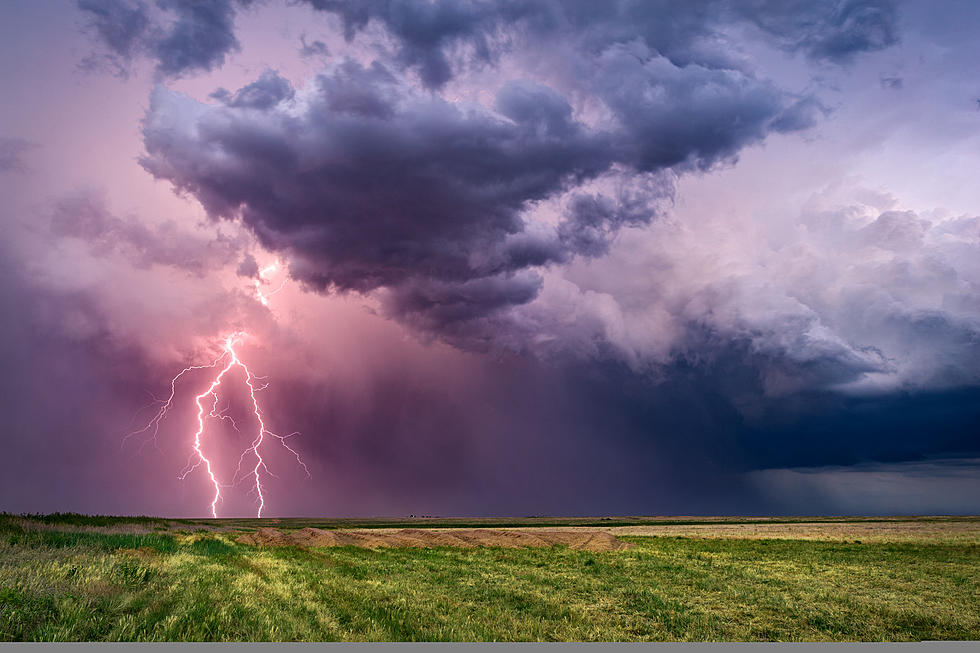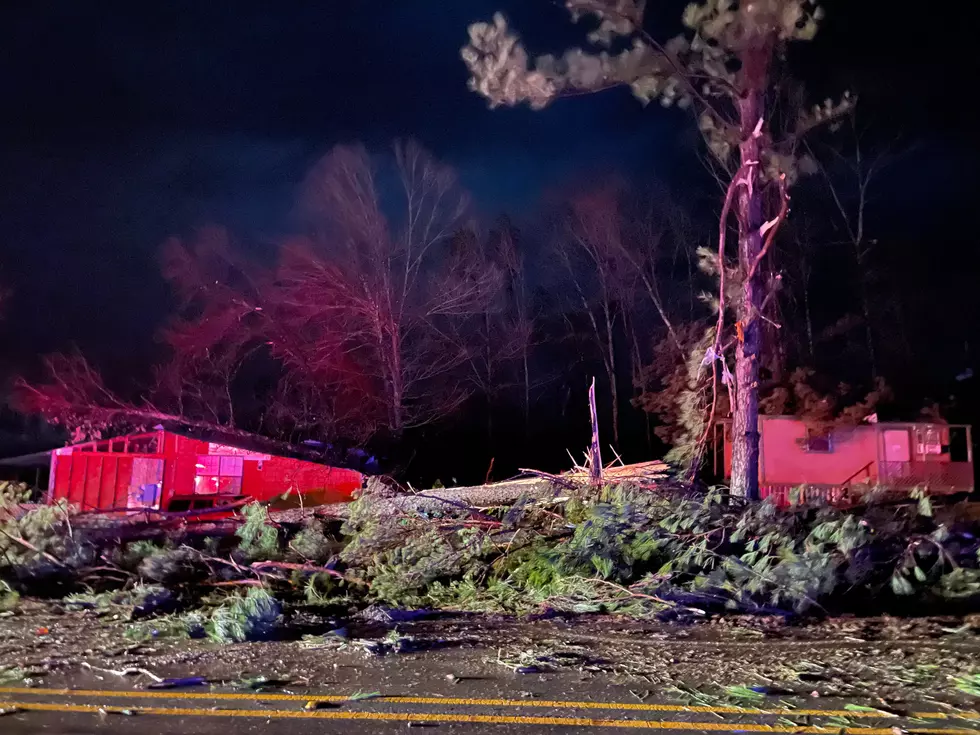
Do You Know Tornado Fact from Tornado Fiction?
This week is the second annual National Severe Weather Preparedness Week across the United States. The Federal Emergency Management Agency, in conjunction with the National Oceanic and Atmospheric Administration are providing info to the public about the dangers of severe weather and below are some facts and fictions about tornadoes you may not know.
The NWS has a Doppler radar network strategically located across the country that can detect air movement toward or away from the radar. Early detection of those air currents is key.
Tornado Fiction and Fact
FICTION: Lakes, rivers, and mountains protect areas from tornadoes.
FACT: No geographic location is safe from tornadoes. A tornado near Yellowstone National Park left a path of destruction up and down a 10,000 foot mountain.
FICTION: A tornado causes buildings to “explode” as the tornado passes overhead.
FACT: Violent winds and debris slamming into buildings cause the most structural damage.
FICTION: Open windows before a tornado approaches to equalize pressure and minimize damage.
FACT: Virtually all buildings leak. Leave the windows closed. Take shelter immediately. An underground shelter, basement or safe room are the safest places. If none of those options are available, go to a windowless interior room or hallway.
FICTION: Highway overpasses provide safe shelter from tornadoes.
FACT: The area under a highway overpass is very dangerous in a tornado. If you are in a vehicle, you should immediately seek shelter in a sturdy building. As a last resort, you can either: stay in the car with the seat belt on. Put your head down below the windows,
covering with your hands and a blanket if possible, OR if you can safely get noticeably lower than the level of the roadway, exit your car and lie in that area, covering your head with your hands. Your choice should be driven by your specific circumstances.
FICTION: It is safe to take shelter in the bathroom, hallway, or closet of a
mobile home.
FACT: Mobile homes are not safe during tornadoes! Abandon your mobile home to seek shelter in a sturdy building immediately. If you live in a mobile home, ensure you have a plan in place that identifies the closest sturdy buildings.
More From News Radio 710 KEEL









